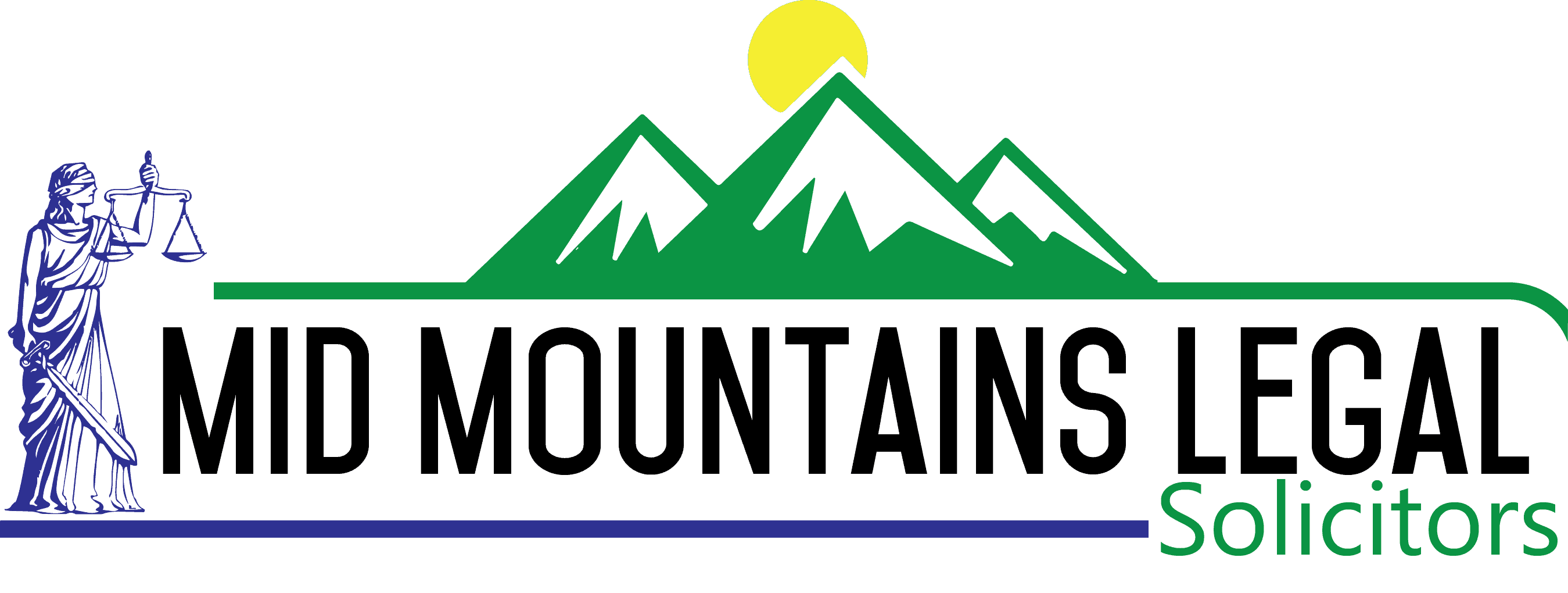
If you are considering buying property in NSW, deciding whether to lodge a caveat with NSW Land Registry Services (LRS) should be a key consideration.
In a literal sense, a caveat means a “warning”. A caveat is a legal notice you place on the property’s title to alert other parties that you have an interest in the property (although you don’t actually own it yet) [also known as an “unregistered interest”].
The person lodging the caveat (the caveator) provides details of their claim and ways they can be formally contacted in connection with the caveat. LRS notifies anyone with an interest in the property who is affected by the caveat.
What does having an “interest” in property mean?
It means that someone else has an interest in the property (e.g. where there is a nexis between a debt and the property, or the caveator has an equitable interest in the property).
A caveat is a warning to anyone who checks the certificate of title of the property that the person who lodged the caveat has an interest in it. Lodging a caveat over a property is a way of telling anyone who wants to deal with the property that someone else’s interest already has priority. LRS must notify the caveator before they can deal with the property.
Situations in which it may be advisable to lodge a caveat on a property you are buying include:
- if you have made a deposit on the property, but the sale is yet to be finalised. Lodging a caveat can help protect your deposit and ensure that the property cannot be sold to anyone else without your knowledge or consent.
- if you have entered into a contract to purchase the property, but the sale has not yet been completed. A caveat can help protect your interest in the property and ensure that it cannot be sold to someone else without your knowledge or consent.
Who can lodge a caveat?
On signing a contract to buy real estate, a purchaser acquires a “caveatable interest”. That is, they are entitled to register a caveat to protect their interest.
People who may lodge a caveat include:
- Someone with an equitable interest in the land under a contract of sale;
- a tenant under an unregistered lease;
- an owner selling a property who has received some of the instalments for the purchase price, but is no longer the registered owner;
- a purchaser paying the purchase price in instalments, but is not yet the registered owner;
- a second purchaser who has also signed the contract to buy the property (possibly due to a mistake by two real estate agents);
- a person with a right of access to the land (e.g. by an unregistered easement);
- a creditor who wants to prevent the seller from disposing of the property.
- a tenant under a lease;
- an ex-partner;
- a victim of fraud;
- an equitable mortgagee; or
- the beneficiary of a trust.
Only a person with a caveatable interest is entitled to lodge a caveat. It is best to have the caveat lodged by a lawyer so you can be advised as to whether a caveatable interest exists, whether there the contract for sale prohibits lodging a caveat, or whether further registrations may be needed. A carelessly lodged caveat could prevent a purchaser’s own transfer from being registered or cause a lender to refuse to provide funds on settlement day.
Lodging a caveat can have negative consequences. For example, if you lodge a caveat on a property that you do not ultimately end up purchasing, it can be difficult to have the caveat removed. This could lead to legal disputes and may even result in financial penalties.
Whilst a number of people may have the right to lodge a caveat on a property, many do not. A caveat is merely a notice of claim which may or may not be valid: at some stage the validity of the claim must be determined. A common misconception is that any creditor can caveat a debtor’s property to secure the repayment of a debt. Many creditors expose themselves to considerable risks in cost penalties because they have registered a caveat without necessarily having a caveatable interest.
A caveator must be prepared to incur considerable expense to prove their interest in the property and avoid removal of the caveat.
The two main procedures to remove a caveat are:
- Removal by Application to the Registrar General; and
- Removal by Order of the Supreme Court of NSW.
In either procedure, to prove you have a caveatable interest, you must commence or defend court proceedings. A caveat without any merit can mean the registered owner is entitled to compensation if they suffer any losses as a result. If you are unsuccessful in proving a caveatable interest, costs (which may be tens of thousands of dollars) will be claimed from you.
Even if you have a caveatable interest, you may generally only lodge a caveat for that property for that interest once. If your caveat is removed due to your failure to prove your interest, you have no further opportunity to caveat the property for the same interest.
The timing of the lodgment of a caveat can also be important. For example, if you are buying property, and the owner has accidentally accepted two different offers, the person who lodges the caveat first is likely to end up being the legal owner.
What does it cost?
The LRS fee is currently $154.20. There are additional legal fees if a lawyer lodges a caveat on your behalf.
How to lodge a caveat
The steps to lodging a caveat on a property are:-
- Engage a solicitor or conveyancer to prepare a caveat for electronic lodgment through an Electronic Lodgement Network Operator [ELNO], or download and complete the caveat form and relevant exception form in hard copy;
- Lodge the caveat and lodgement rules exception form via the ELNO and pay the fees;
- The caveat is processed and if successful is recorded against the title of the register and the applicant and registered proprietor are notified.
How long does a caveat last?
A caveat prevents the registered owner from selling the property for 21 days from the date of service of a notice that a caveat has been lodged against the land. A caveator can however within the 21-day period choose to extend how long the caveat lasts by obtaining and lodging with the LRS a Supreme Court of NSW Order.
Can you have a caveat withdrawn?
A caveat remains in effect until it is withdrawn, removed, or otherwise extinguished. LRS cannot register any transactions involving land while a caveat is still in force. A caveat can be withdrawn at any time by the caveator filling out the necessary forms and paying the fees.
A caveat can be withdrawn in several ways. Most commonly a Lapsing Notice is issued by the owner of the property then served on the person/party who has lodged the caveat. The caveator then has 21 days from the date of service to seek an order from the Supreme Court of NSW for an order extending the operation of the caveat. If an order is granted, it must be lodged with LRS within a specified period of time is up. If the caveator takes no steps, the caveat will lapse (i.e. it will fall off the title).
What now?
A prudent course is to seek legal advice before embarking on the process of lodging a caveat.
Contact us if you or someone you know needs advice or representation regarding lodging a caveat against or removing a caveat from a property.




